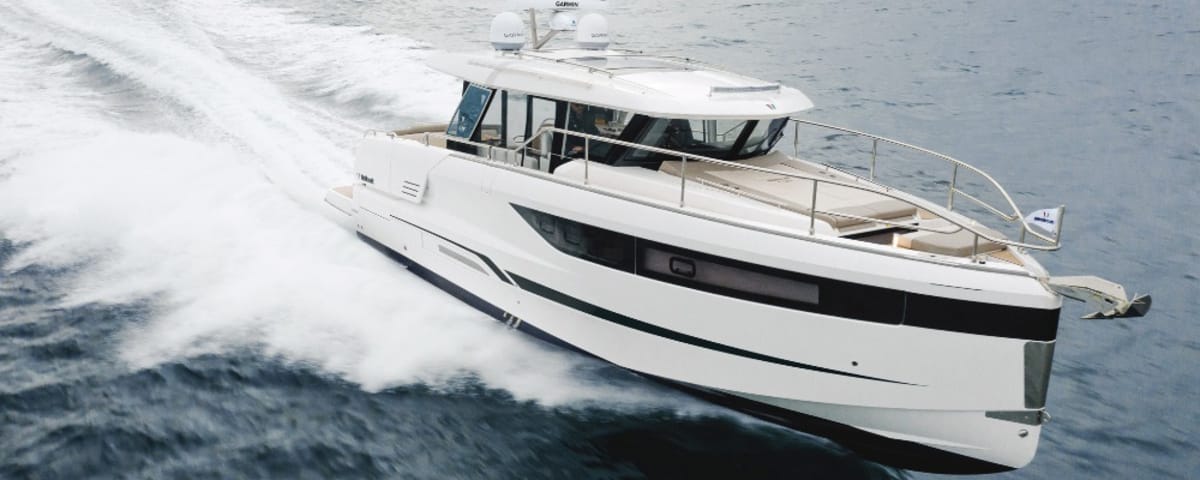Understanding Binoculars
Binoculars are essential tools, especially for activities like boating and observing wildlife. Understanding their components and features can help you choose the right pair.
Key Components
The core of any binocular consists of three main elements:
- Objective Lens: This gathers light from the scene you’re viewing.
- Eyepiece: This acts as a magnifying glass, allowing you to view the image formed by the objective lens.
- Prism: This corrects the image, ensuring it’s upright and oriented correctly.
Focusing Mechanisms
The distance between the objective lens and the eyepiece needs to be adjustable to ensure a sharp image, regardless of the object’s distance. This adjustment, called focusing, can be achieved in two ways:
- Moving the eyepiece relative to the objective lens.
- Moving an internal lens.
In practice, focusing is usually done by rotating a knurled ring, either simultaneously for both eyes or independently. While the principle is simple, precise manufacturing is crucial.
Prism Systems
Prisms are essential for correcting the image, which would otherwise be inverted. Two main prism systems are used:
- Porro Prisms: These are a more traditional design, offering practical adjustment for the user. However, they tend to be bulkier and heavier.
- Roof Prisms: These offer a more compact and lightweight design, making them more elegant. However, their manufacturing and alignment are more complex.
Decoding Binocular Specifications
Binoculars are typically defined by two numbers, such as 10×50. These numbers represent:
- Magnification: The first number (e.g., 10) indicates how much closer the object will appear.
- Objective Lens Diameter: The second number (e.g., 50) indicates the diameter of the objective lens in millimeters, which determines the amount of light gathered.
For example, with 10×50 binoculars, an object 1000 meters away will appear as if it were 100 meters away. The larger the objective lens diameter, the more light the binoculars gather.
To determine the amount of light reaching the eye, divide the objective lens diameter by the magnification. For 10×50 binoculars, this ratio is 50/10 = 5mm. This number is theoretical and most useful when comparing models of similar construction, as optical quality significantly affects the actual light received.
The human pupil, when fully dilated, has a diameter of about 7mm. To maximize light capture, the ratio of objective lens diameter to magnification should be close to the pupil’s diameter, as seen in 7×50 binoculars (50/7 ≈ 7).
Field of View
The field of view refers to the width of the area you can see at a distance, typically measured at 1000 meters. A human eye has a field of view of about 120 to 140 meters at 1000 meters. Binoculars should offer a similar field of view.
Some manufacturers specify the field of view in degrees, where one degree equals 17.50 meters. For example, binoculars with a 7° field of view correspond to 122.5 meters at 1000 meters.
Eyecups on the eyepieces help block stray light, ensuring maximum light enters the eyes. Many binoculars also have built-in diopters on each eyepiece to correct for individual vision differences without needing to wear glasses. Special eyepieces are available for those who need to wear glasses while using binoculars.
Choosing Binoculars for Marine Use
When selecting binoculars for use on a boat, consider the following:
- Waterproofness: Essential for all-weather use. Immersion-proof binoculars are filled with a gas like nitrogen to prevent internal condensation and corrosion.
- Ease of Adjustment: Look for models with easily adjustable diopters.
- Magnification and Aperture: Balance magnification with stability, and choose an appropriate objective lens diameter for brightness.
- Prism Type: Porro prisms are traditional, while roof prisms offer a more compact design.
Waterproof binoculars are filled with gas, such as nitrogen, to prevent internal condensation and corrosion. Even in high heat, hot air cannot penetrate inside, a phenomenon that would distort the vision by making it cloudy.
Water-resistant binoculars have a more careful construction than standard binoculars, O-ring seals, better adjusted mechanics, but in no case are they waterproof if they are not filled with gas.
For adjustment, all models have eyepieces with integrated mobile diopters. The movement of the optics acts like a pump and causes an air intake that may contain impurities. When focusing is done by moving an internal lens, there is no pump phenomenon, but the price is higher. You can also opt for models without focusing or more precisely with fixed focusing (autofocus); there are no problems and this type of binoculars is immediately available to observe a rapid event; on the other hand, this automatic focusing has a minimum distance which is between 10 and 20 meters; manual focusing allows you to go down to 5 meters.
Integrated compasses allow for precise bearings, but they can take up a portion of the eyepiece, limiting visibility. These are useful in low-light conditions and often have illuminated compasses.
A magnification between 7 and 10 is ideal for marine use, given the movement of a boat. A 50mm objective lens is well-suited for brightness. Image-stabilizing binoculars are also available for rough sea conditions.
In summary, 7×50 waterproof binoculars are a good compromise for marine use. Reputable brands offer guaranteed quality.
Testing Before Buying
It’s best to test binoculars at night to judge their quality. Focus on a distant object, like a star. If the image appears doubled, try another model. Also, check the shape of the pupil in the eyepieces; it should be round.
Night Vision Binoculars
Specific models are available for night vision, including light intensification, infrared, and thermal binoculars.
- Infrared: These use an emitter to send a beam towards the object, but their range is limited.
- Thermal: These detect heat emitted by people, animals, or objects, and can be used in complete darkness, but their range is also limited.
- Light Intensification: These amplify very faint light, such as moonlight or navigation lights, producing a green-tinted image.
While night vision binoculars can be useful, they don’t replace standard binoculars.
Enjoyed this post by Thibault Helle? Subscribe for more insights and updates straight from the source.


